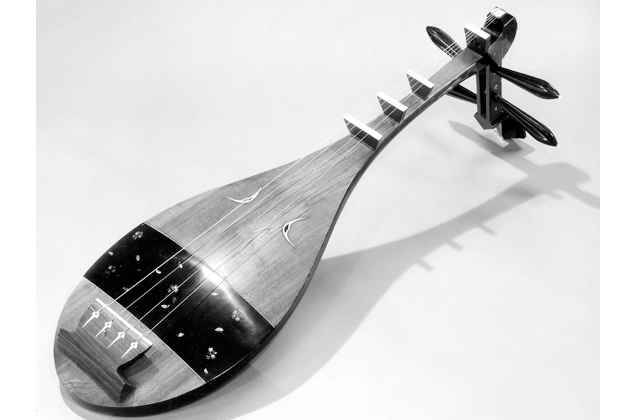
Zokkyoku: 俗曲, a modern variation of Kouta, witty and more elaborate, borrows from other styles (such as folk songs or shinnai shamisen).Hauta can also be the first song in a jiuta sequence ("Kurokami"). Hauta: 端歌, a modern Kouta lyric song variation, more rhythymic, and usually tells a story (Ume ni mo Haru, Harusame, Kii no Kuni, Satsumasa, Yugure, Binhotsu), sometimes with shakuhachi, and sometimes as part of Noh Kyogen performance.

These two settings can also be further categorized based on whether the work focuses on lyric song melody ( Utaimono, '歌いもの) or story narration ( Katarimono, 語り物). Shamisen music is used in two main settings: as theater music (such as Gidayu Joruri for Bunraku puppet theater, and Nagauta for Kabuki theater), and recital music with vocals (such as Jiuta, Kouta, Nagauta, Hauta, etc). Three basic tunings are used: Hon-choshi (solemn music), Niagari (happy/gay music) and Sansagari (melancholy music) on three types of shamisen: Hosozao (thin neck), Chuzao (middle neck) and Futozao (broad neck).

Shamisen music (especially in tsugaru shamisen) is also often able to impart a distinct percussion part because the plectrum can be used to strike the shamisen body in rhythmic accents. However, instead of bending strings (as in biwa) for articulation, rapid finger-slides are much more common. Like the biwa, it has a unique percussive attack and an unmistakable "twangy" texture, called sawari in Japanese. The shamisen ( 三味線) is a 3-string, long-neck banjo-like instrument which was originally developed from the sanshin (or sanxian), an Okinawan Ryukyu Kingdom instrument.


 0 kommentar(er)
0 kommentar(er)
